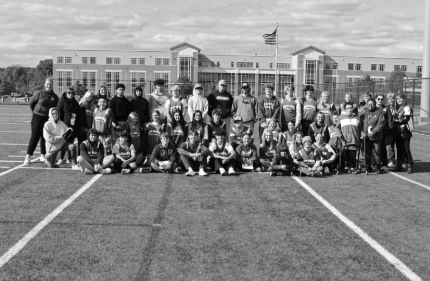Hostile architecture, urban design strategy restricts homeless, Obvious attempts to prevent loitering
February 15, 2022
Curved/slanted benches, armrests, and strategically placed ‘art’, are all designed to discourage unwanted homeless behavior in cities worldwide. This architecture makes uncomfortable and unwelcoming spaces.
This term first started in 19th century England when anti-urination devices were used to prevent public urination on the streets. It has translated over the years to now creating the mindset which perceives homeless people as deserving not to be treated as humans but as “public nuisances that must be removed from public spaces,” according to DBK News.
The architecture can be translated to defensive architecture as well which is seen in Baltimore city as a reaction to the riots in 1968 after Martin Luther King Jr. was assassinated. The architecture changed to discourage public gatherings. The once plentiful coffee shops and restaurants were replaced with brick walls and barbed wire. No longer were their seats to chat with friends but metal spikes in the concrete. Citizens should be encouraged to enjoy the beautiful city, not turned away by unwelcoming streets.
Its general purpose of discouraging crimes in cities is not effective. In what world does a government believe the solution to “cleaning up the streets” is to put the homeless in a compromising situation. They already don’t have a home now we’re taking away the one stable element for them to sleep on. Instead of putting money towards a new homeless shelter or other means of temporary housing money is put to obstructive sculptures and benches with an insane amount of armrests.
“Seven out of 10 Americans are one paycheck away from being homeless.” According to Pras Michael, imagine that one paycheck was late, and you were kicked out onto the street. Would you want to be met with spikes? Maybe instead of making homeless people’s lives harder during probably the hardest time of their lives, we should provide and nurture in contrast to our dismissive behaviors.
In Los Angeles ‘tiny homes’ are being created to house the homeless, although the concept has been met with extreme criticism regarding the price of the homes. It’s a step in the right direction for the community of Los Angeles. It would be interesting to see something similar established in Maryland that embraces the homeless with houses instead of disguising the hostile architecture as ‘art.’
Harford County’s homeless services are devoted to making the experience brief through strategies including “homeless prevention; shelter diversion; street outreach; temporary shelter; etc.” There are extensive resources in Harford County, and it would be interesting to see those resources translated into more urban areas. The homeless deserve better treatment and currently, our architecture is not providing that nurturing treatment, there needs to be a change.











